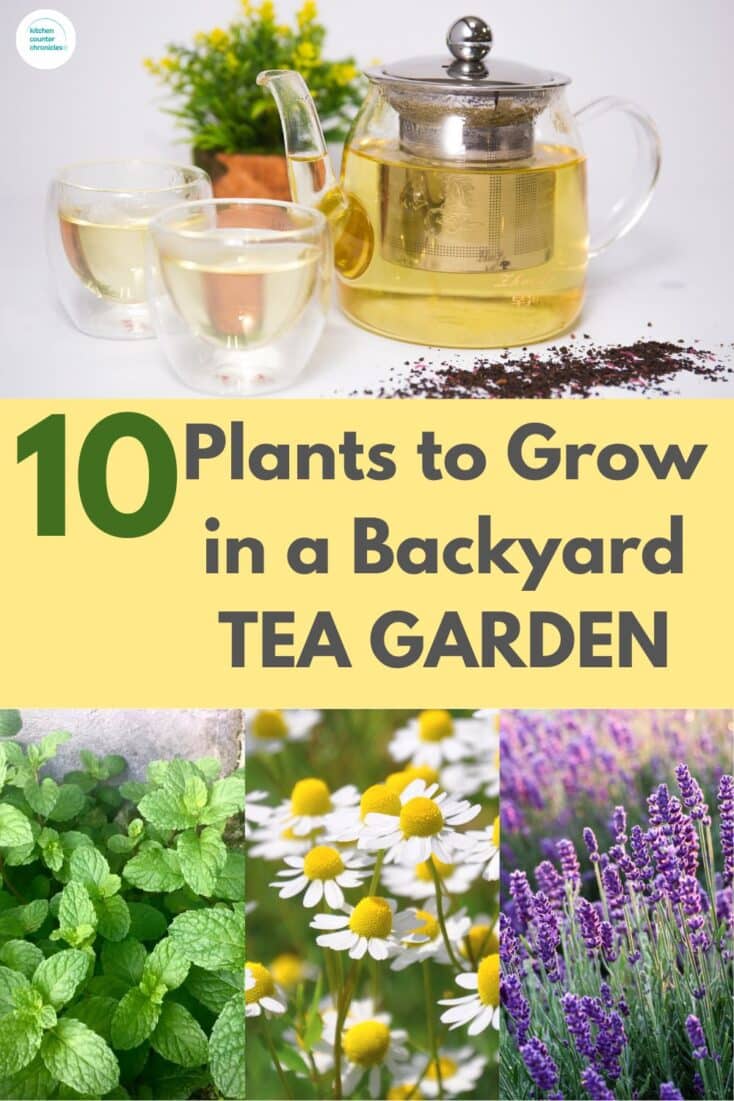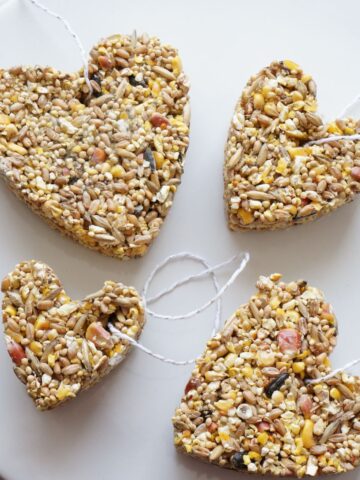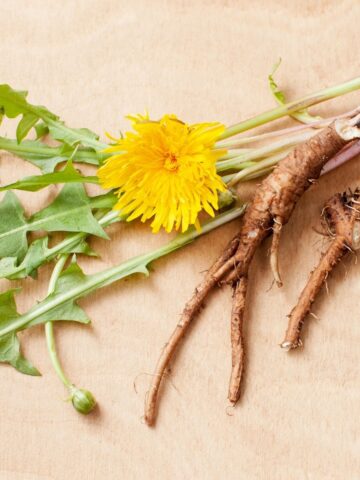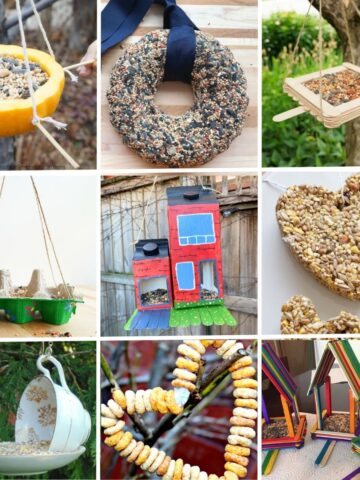If growing your own food is on your to-do list then we've got you covered. We have already explored the simple joy of growing a home herb garden, so continuing on our quest to learn how to make an awesome home garden we will take a look at what to plant in a tea garden in your own backyard.
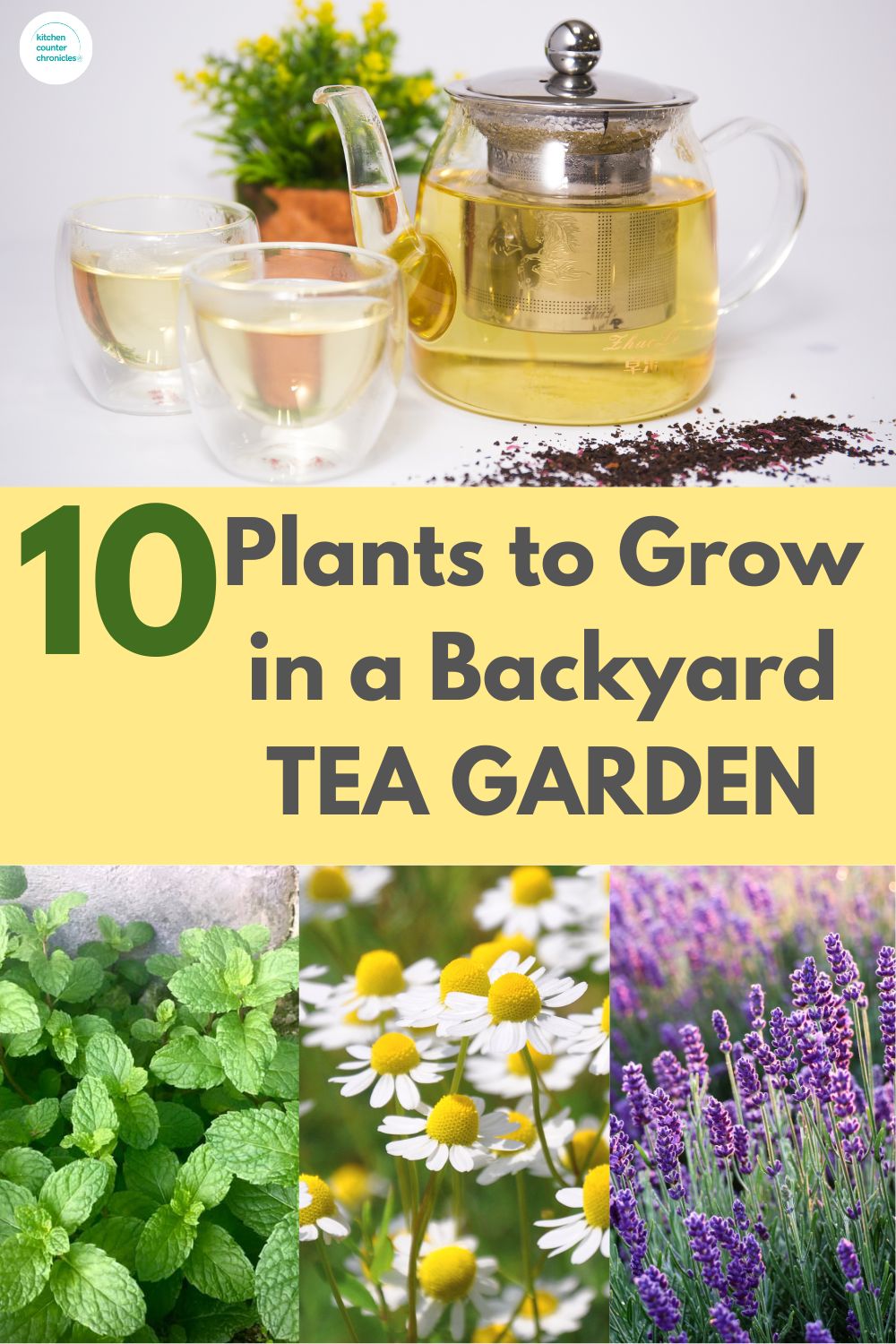
A tea garden? Yep, those little silk packets that we love to drink are filled with dried leaves and flowers from plants that we can actually grow in our own gardens. In general, home gardens can produce bountiful herbal tea crops. While it is possible to grow black teas and green teas at home, these evergreen shrubs will only grow successfully in zones 7-9 (hot climates). We live in zone 5 and would have to grow these tea shrubs in a greenhouse. So, for ease and to be most successful (I like successful gardening) we stick to growing herbal teas.
Table of Contents
What to Plant in a Tea Garden at Home
As with most edible gardens, the best place to start planning is begin with whatever you like to drink. In fact, if you read the ingredient label of your favourite tea you might discover that you can grow the plants in your garden. Herbal teas are lovely for children to drink too. So, is there a special tea that your child likes to drink? They most certainly will love growing the tea as well.
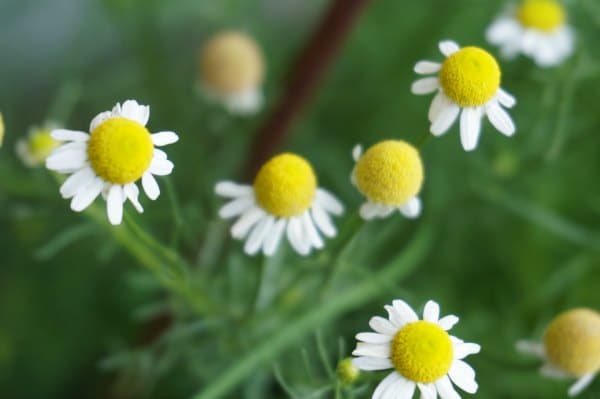
Chamomile
One of the easiest tea plants to grow at home is chamomile. This lovely perennial flowering plant will produce plenty of flowers. Chamomile is self-propagating and can spread like a weed. But with a little maintenance in the springtime, you can grow as little or as much of this plant as you like. I have a fabulous post all about how to harvest and dry chamomile...it's simple. Chamomile tea is a lovely tea to drink to soothe an upset stomach, aid in fever reduction and make a calming bedtime drink.
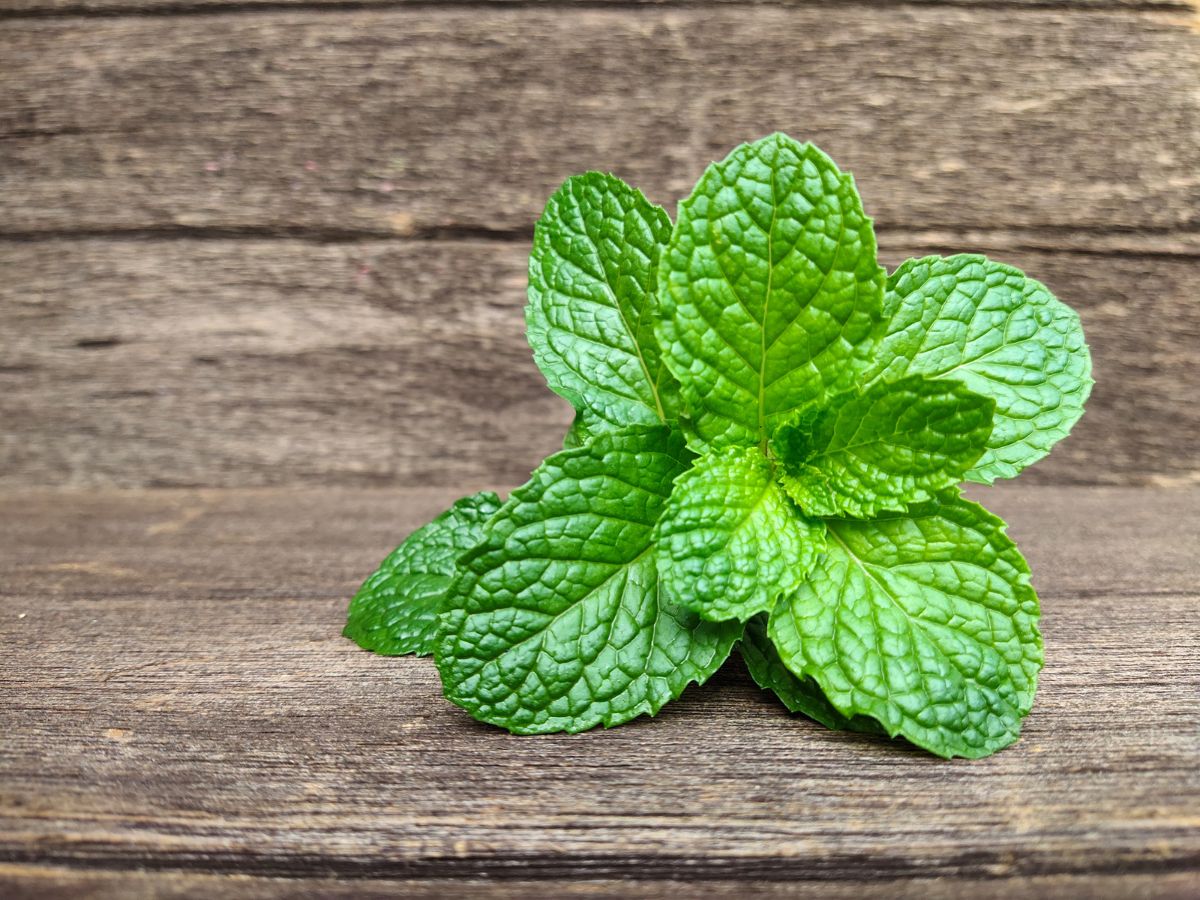
Mint
Mint is another deliciously simple tea plant to grow. Again, a prolific grower it is best to grow mint in containers or they can take over an entire garden...unless that's what you like. There are many different varieties of mint and thus you can discover many flavours of tea to enjoy. From chocolate mint, and spearmint to strawberry mint and more. Peppermint tea has many healthful benefits; improving mental focus, the menthol loosens congestion and a warm cup of tea may help with stomach ailments as well.
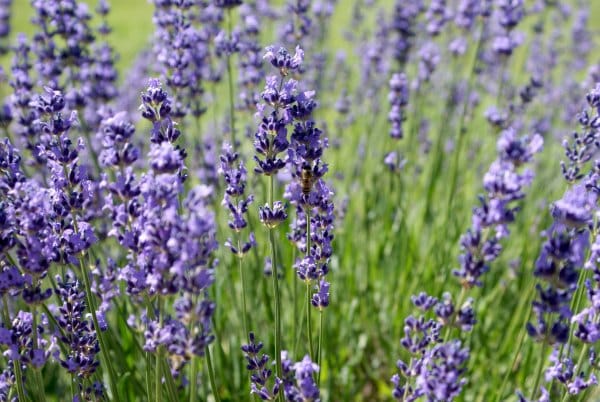
Lavender
Lavender is another bushy option. Lavender produces beautiful flowers that are easily dried for tea. Lavender prefers dry, well-drained soil and can tolerate a dry spell...perfect for busy beginner gardeners. The lovely mounds of lavender flowers will fill your garden with an unmistakable scent. Harvest and dry the flowers for teas (and many different crafts). Combine lavender and chamomile and you have a lovely sleep remedy.
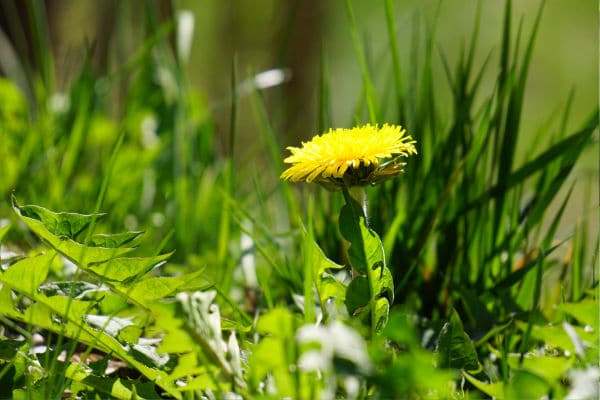
Dandelion
We all are familiar with the bright bursts of yellow that pop up in our yards in the spring and last all growing season long...dandelion. Friend or foe? Weed or delightful flower? In this case, we are talking about taking full advantage of the dandelion and steeping the flower heads to make a lovely pot of tea. Yes, dandelion tea (hot or iced) has been used for decades to aid in digestion. It is also a wonderful source of potassium and electrolytes. The most important thing when it comes to dandelion tea is knowing your source. Because so many folks spray herbicides on their lawns you cannot simply harvest it from any random place. It's best to harvest what is growing on your own lawn or someone else you know. Better safe than sick.
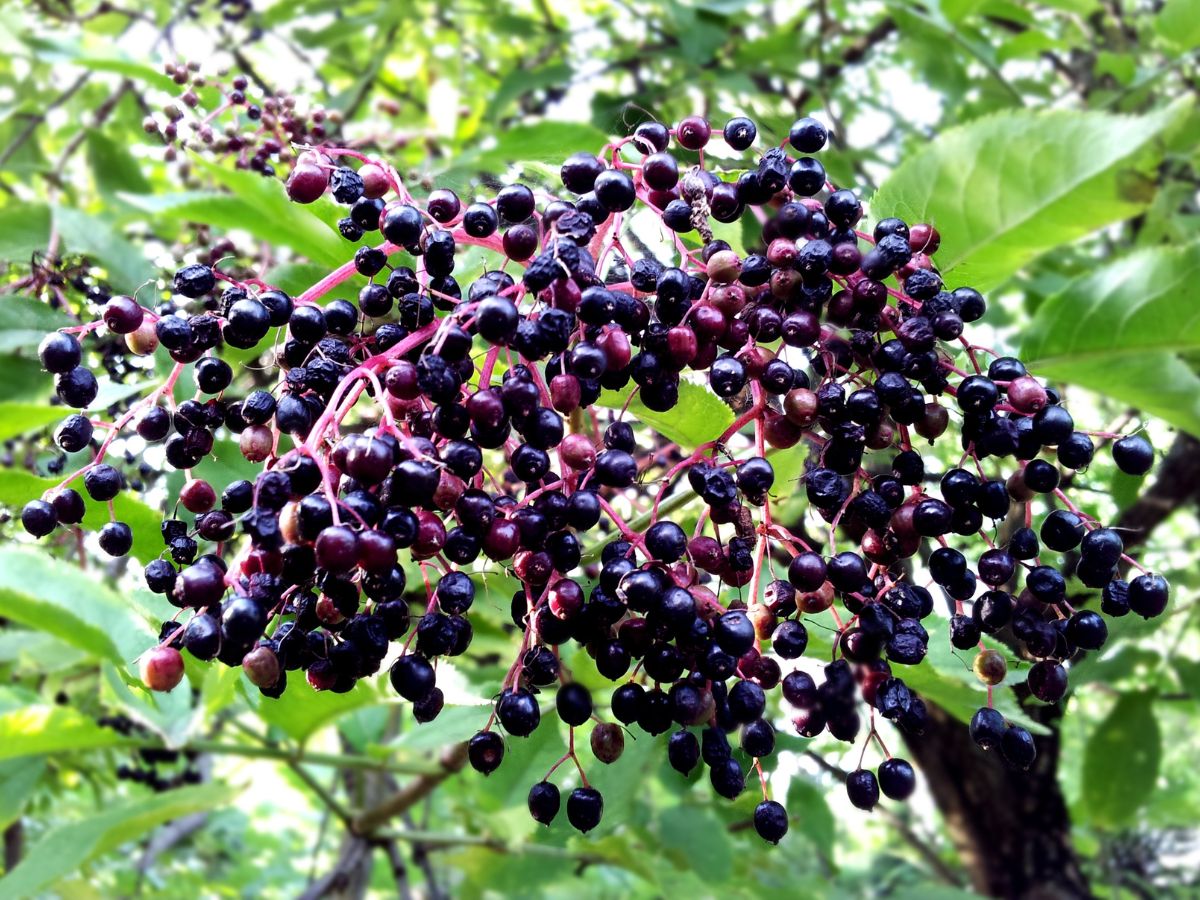
Elderberry
Elderberry tea is made from ripe, dried elderberries. The elderberry bush typically blooms small white flowers in the spring that turn into dark purple/blue berries. The unripe and raw berries are toxic to dogs, cats and humans. It is important to be sure the berries have had time to ripen and that they are dried and then steeped before drinking. Once cooked, elderberries are no longer toxic. In fact, elderberry tea is said to boost your immune system and help with constipation. The Elderberry tree (or bush) grows quite easily in most Canadian growing zones. It will flourish in well-drained soil in full sun or partial sun conditions.
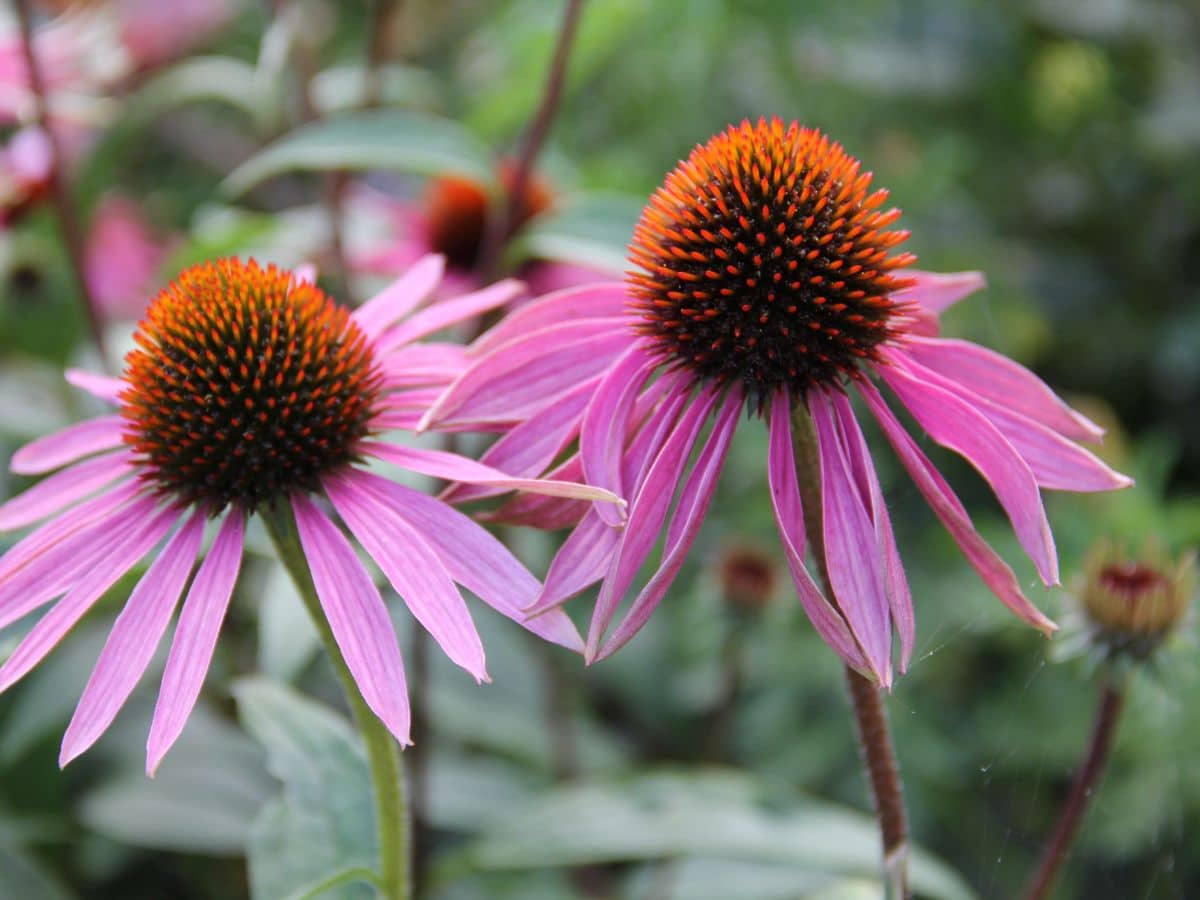
Echinacea
Echinacea or purple cone flower is another easy-to-grow flower that can be dried and used in making tea. In addition to making an immune system-boosting tea, the bees will thank you. Pollinators love the bright pink petals and the large centre of the echinacea flower. Echinacea is a super easy flower to grow. It loves sunny conditions and doesn't mind dry soil. This perennial will self-seed in your garden. For tea, you can use the flower, root or leaves to make tea. Harvest and dry the leaves, flower or root and then steep them to make a fragrant cup of tea.
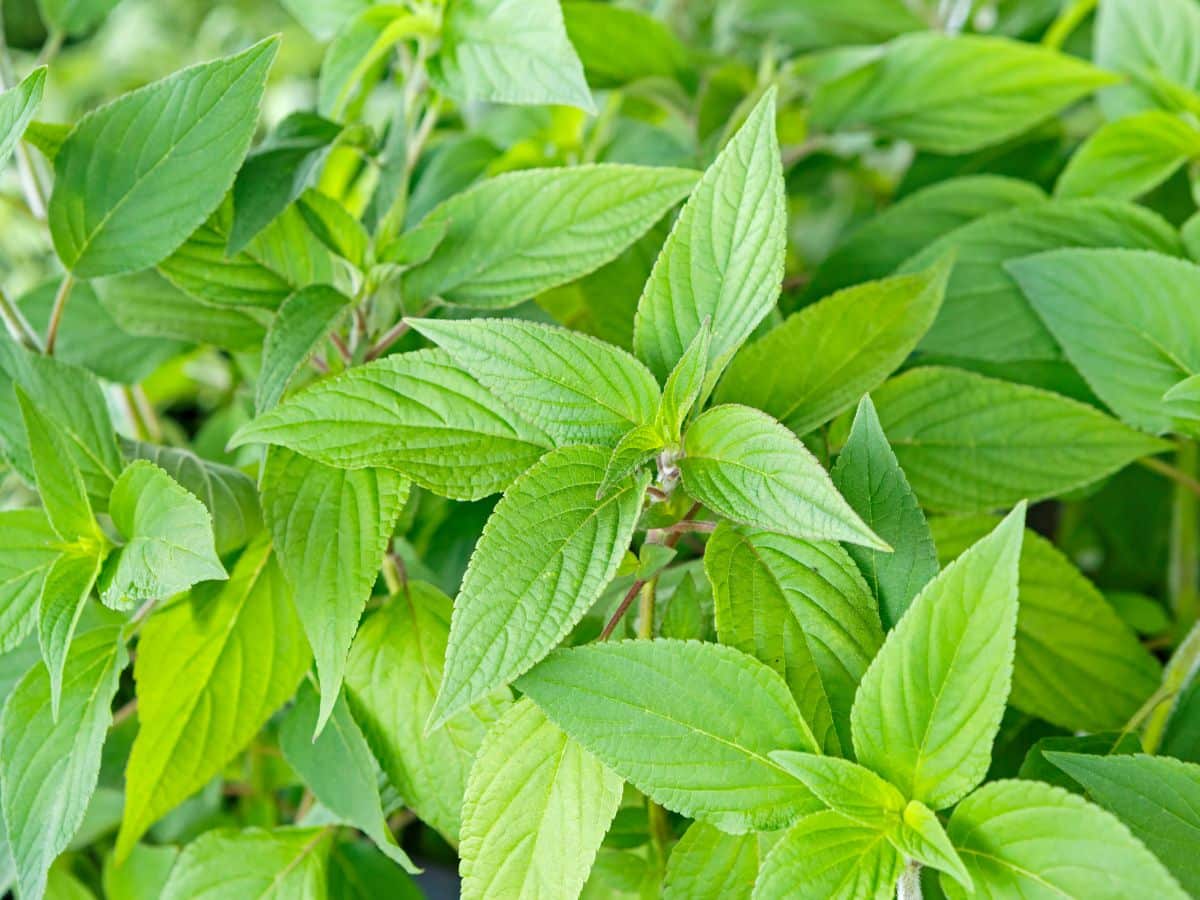
Pineapple Sage
Sage is a wonderfully fragrant herb that we all associate with fall dishes. However, pineapple sage is a deliciously fragrant herb to grow and use to make tea. Like most herbs, sage grows best in a sunny spot, with well-drained soil. The fuzzy leaves truly smell of sweet pineapple and will add that flavour to your cup of tea. Simply grow, and harvest the leaves for the tea.
Lemon balm
Lemon balm makes for another soothing tea option. Lemon balm is a member of the mint family, however, it will not spread as aggressively as mint - so, feel free to plant it in a garden bed. Drying both the tiny flowers and the fragrant leaves, this perennial loves lots of sun and well-drained soil. Many gardeners rub lemon balm on their arms and legs as a natural mosquito repellant. For centuries, lemon balm teas have been enjoyed for their' anti-ageing properties. Lemon balm tea can improve alertness and problem-solving skills - perhaps a cup before a big exam?!
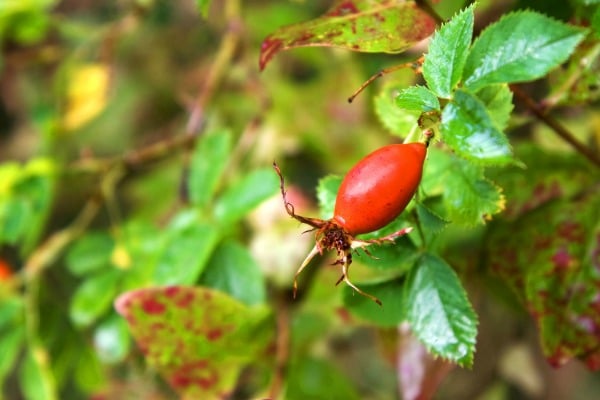
Roses
Don't forget roses. Did you know that after the petals fall from a rosebud, you are left with rose hips? The rose hip is the little bulb, or seed of the rose. It is possible to harvest rose hips from wild roses and domestic roses. Now, as for how to grow roses...well, that is an entire other post - actually that's a whole novel. As at your local garden centre how to grow a variety of roses that will work best where you live. Know that roses are not nearly as difficult to grow as you might think. Rose hips have a long history of having healthy healing powers. They are packed with Vitamin C (especially when used in a tea before they have been dried) and the tea can have many immune-boosting benefits.
Bergamot
I love a good cup of Earl Grey tea. What I love is the gentle taste of bergamot. Did you know wild bergamot is actually native to many growing regions in Canada and the United States? Bergamot loves the same growing conditions as echinacea and they are actually great companion plants to grow in your garden. The butterflies and bees love the bergamot flower too. Well-drained soil and a sunny spot are perfect for bergamot to flourish. Bergamot is vulnerable to mildew, so you don't want to overcrowd this plant. For tea, harvest the leaves and even the flowers, in the fall. Dry the flowers and leaves and steep for a cup of Earl Greyish tea...depending on how much you are able to harvest.
Why grow a tea garden
The beauty of growing your own herbal tea garden is you know exactly how the plants were grown. Enjoy the flowers as they bloom and then prune them, dry them and store them to enjoy in your tea. The more you prune these plants, the more flowers they will produce. They love being pruned.
Another reason to grow your own tea garden is because tea is a lovely gift to share with others. Whether you simply share a cup of tea with a friend or make your own tea bags and pass them on to others. Tea is a wonderful gift to enjoy all year long.
A few things to remember
However, if you are considering making herbal teas from flowers that you purchase from a store (like roses), please double-check with the staff as to how the plants were grown. It might be tempting to dry the flowers you receive in a bouquet, however, you don't know what pesticides have been used on the flowers. Stick with making tea from plants that you have grown in your own garden or plants that were grown without pesticides. Also, take care to check with your doctor if you are pregnant or have any serious health concerns, as these teas can be quite potent and may interfere with the medications you are currently taking. Safety first.
What is your favourite tea? Would it be possible to grow it in your garden?
More gardening ideas
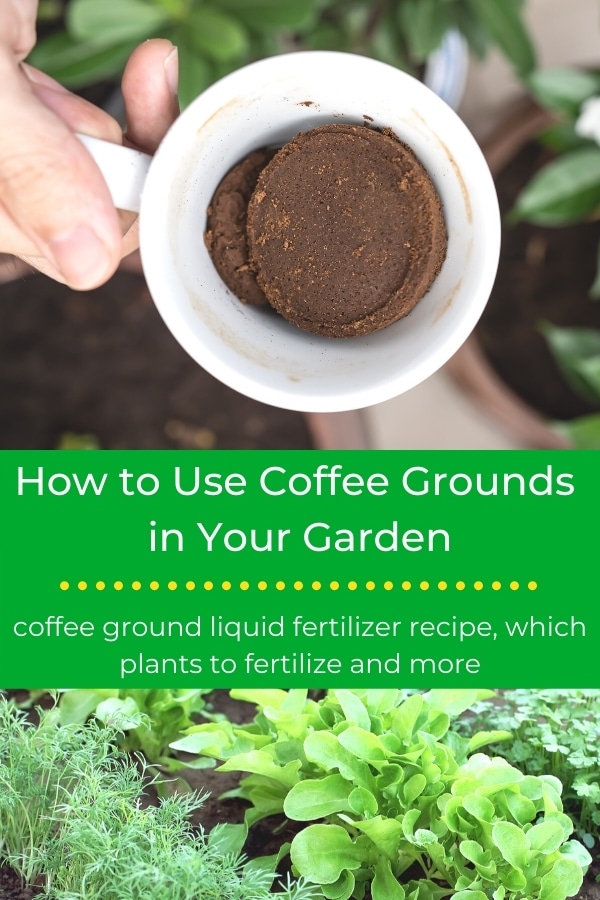
Find out how to use coffee grounds in your garden

Learn how to harvest chamomile
Make sure you are following along...
FOLLOW KITCHEN COUNTER CHRONICLES ON
SUBSCRIBE TO KITCHEN COUNTER CHRONICLES TO HAVE OUR DELICIOUS RECIPES, FUN CRAFTS & ACTIVITIES DELIVERED DIRECTLY TO YOUR INBOX.

